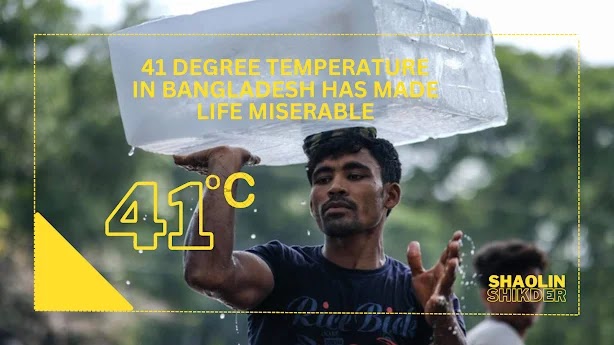This
comprehensive journal endeavors to capture the essence of India, a land of
incredible diversity, rich culture, and ancient traditions. Through an
exploration of its history, art, religion, cuisine, architecture, festivals,
and more, this journal aims to provide an all-encompassing understanding of the
multifaceted tapestry that is India. From the ancient Indus Valley Civilization
to the vibrant present-day society, each chapter delves into different aspects
of India, shedding light on its captivating heritage and celebrating its
remarkable contributions to the world.
Chapter
1: Origins and Ancient History
This
chapter delves into India's ancient history, tracing its origins back to the
Indus Valley Civilization and the Vedic period. It explores the great epics of
the Mahabharata and the Ramayana, the birth of Buddhism and Jainism, and the
mighty empires that shaped the subcontinent, such as the Mauryas, Guptas, and
Mughals.
Chapter
2: Religions and Philosophy
India
is a melting pot of religions and philosophies. This chapter explores the
principles of Hinduism, the teachings of Buddhism, the spiritual practices of
Jainism, the mystical traditions of Sufism, and the profound impact of Sikhism.
It also examines the influence of these religions on Indian society and their
role in shaping the country's cultural fabric.
Chapter
3: Cultural Heritage and Arts
From
classical dance forms like Bharatanatyam and Kathak to the intricate
craftsmanship of Indian textiles, this chapter celebrates India's rich cultural
heritage. It delves into the traditional music, folk art, pottery, sculpture,
and literature that have flourished over centuries, showcasing the diverse
regional traditions that make India an artistic treasure trove.
Chapter
4: Architectural Marvels
India's
architectural marvels are a testament to its glorious past. This chapter
explores the grandeur of ancient temples, such as the Khajuraho and Konark
Temples, the exquisite Mughal architecture of the Taj Mahal and Red Fort, and
the awe-inspiring rock-cut caves of Ajanta and Ellora. It highlights the
architectural diversity that reflects India's historical and cultural
influences.
Raj's
journey takes him to architectural wonders like the Taj Mahal, the
awe-inspiring temples of Khajuraho, and the forts and palaces of Rajasthan. He
marvels at the intricate carvings, symmetrical designs, and grandeur of these
architectural masterpieces, each reflecting the historical and cultural
influences that have shaped India's diverse heritage.
Chapter
5: Cuisine and Culinary Traditions
Indian
cuisine is renowned worldwide for its vibrant flavors and diverse regional
variations. This chapter explores the aromatic spices, rich curries, savory
street food, and sweet delicacies that tantalize the taste buds. It also delves
into the traditional cooking techniques and the cultural significance of food
in Indian society.
Traveling through the colorful state of Gujarat during Navratri, Raj experiences the vibrancy and unity that cultural festivals bring. From the rhythmic Garba dances to the intricate handicrafts, he witnesses the beauty of diversity and the shared celebrations that bind the people of India together.
Chapter
6: Festivals and Celebrations
India
is a land of festivities and celebrations, with a calendar filled with colorful
and joyous events. This chapter explores festivals like Diwali, Holi, Eid,
Christmas, Navratri, and Pongal, highlighting their significance, rituals, and
the spirit of unity they evoke across communities. It showcases the diverse
cultural tapestry woven through these celebrations.
Chapter
7: Social and Modern India
This
chapter focuses on India's social structure, caste system, and the challenges
faced by marginalized communities. It also delves into the progress and
achievements of modern India, including its technological advancements,
economic growth, education reforms, and contributions to science, literature,
and cinema.
Returning to the vibrant metropolis of Mumbai, Raj encounters the fast-paced life and entrepreneurial spirit that defines modern India. He meets ambitious young professionals, witnesses the booming IT industry, and discovers the resilience and determination that fuel the dreams of millions.
Chapter
8: Environmental Challenges and Conservation Efforts
India's
diverse ecosystem faces various environmental challenges. This chapter
discusses issues such as deforestation, air and water pollution, wildlife
conservation, and climate change impacts. It highlights the efforts made by
individuals, organizations, and the government to preserve India's natural
treasures and promote sustainable practices.
In the tranquil landscapes of Kerala's backwaters, Raj embraces the harmony between humans and nature. From the lush tea plantations of Darjeeling to the serene beauty of Kerala's backwaters, he witnesses India's ecological diversity and the need to preserve its natural treasures for future generations.
Conclusion:







